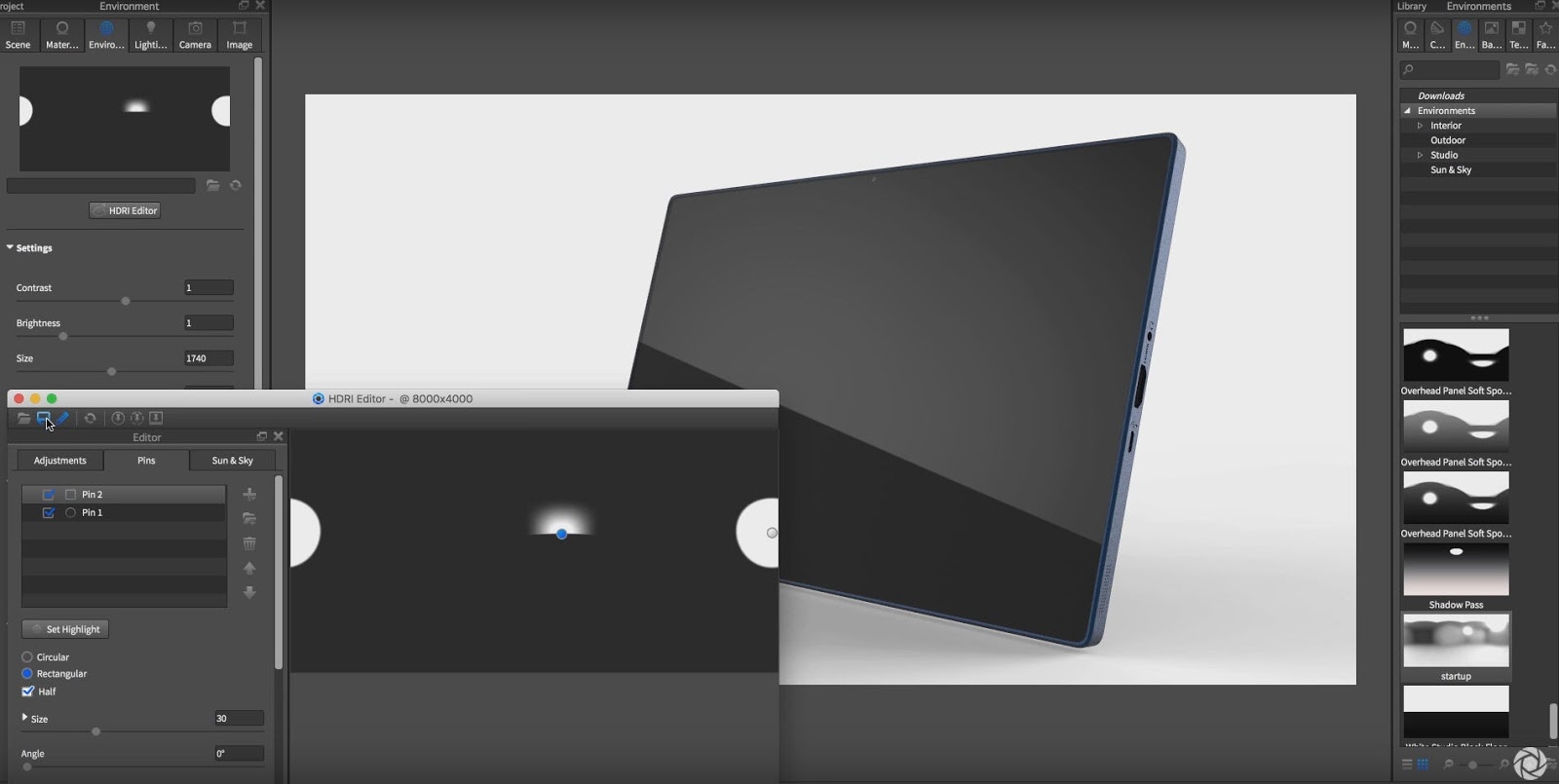

- #Stylized keyshot rendering tips how to#
- #Stylized keyshot rendering tips full#
- #Stylized keyshot rendering tips free#
That’s all nice Tommy, but what does that mean? Well.
#Stylized keyshot rendering tips how to#
Learn how to manipulate your material shader properties cause you can create some amazing and realistic results.No RTX, no worries you can still make it look great using Screen Space Reflections and well placed Reflection spheres. If you have Ray Tracing capability on your graphics card, you’ll really benefit from this as it expertly uses the HDRI image for lighting your 3D model, just like KeyShot. Use the HDRI backdrop in your new scene.Everything is going to look a whole lot better, and all of the time. In Unreal Engine, use fully dynamic lighting and make all the adjustments to do so.Apply your materials, and take some Hi-Res screenshots up to 16k resolution or animate it and record out a video.

#Stylized keyshot rendering tips free#
For Unreal Engine, add the FREE Automotive Materials pack ( ) as it has materials that technically and visually outdo any KeyShot counterparts.
#Stylized keyshot rendering tips full#
Jumpstart Method One - Where your KeyShot software is installed it has a resources folder full of textures (and environments!!!) used for rendering in application.It’ll have basic materials (much like the way it is in KeyShot when Live-Linking) and now you just drag and drop materials onto your model in the very same way you do in KeyShot. At this point, your model is in the Unreal Engine ready for rendering and animation.There are some settings there so use my attached image as reference for your first import. Open up Unreal Engine, load one of the finished demo levels available and import your STEP file.That STEP file format saves appearances from SolidWorks and writes them to individual materials. With your design complete and materials assigned, skip KeyShot altogether and export your SolidWorks model as a STEP 214 for use in the Unreal Engine.This file format (and the KeyShot software) doesn’t “bake” out the textures, meaning your export will not have the necessary image files that UV wrap onto your design as its seen in the KeyShot software. If you want to use a model in Unreal Engine that you’ve been rendering in KeyShot you’re limited to an OBJ export (compatible with Unreal Engine) and it has a. As you’ve noticed in KeyShot, these become individual materials for you to render with. In SolidWorks, you typically add color to your model, which is actually assigning a material ID to that particular surface, body, part, assembly, etc. What we’re really talking about here are material ID’s.

Hi Camo, I’ve been waiting over a year for someone to ask a question :) If you want to take your CAD rendering to the next level, consider using the Unreal Engine. If you want realism or stylized appearances it can all be accomplished using the Unreal Engine. If you need deferred shading, global illumination, lit transparency, post-processing effects, and even particle simulations, start getting into the Unreal Engine today!įeel free to ask me anything here or begin your own research into what rendering in the Unreal Engine can do for you! I would never render again in KeyShot when I can just pop it into Unreal Engine do amazing things with my CAD, and my clients CAD! Technology has changed. Real-time rendering is where you need to take your CAD data, and you need to get rid of those frame-by-frame software rendering apps and costly render farms. For me personally, I use KeyShot only for previewing my SolidWorks creations, or I use it as an OBJ converter.


 0 kommentar(er)
0 kommentar(er)
